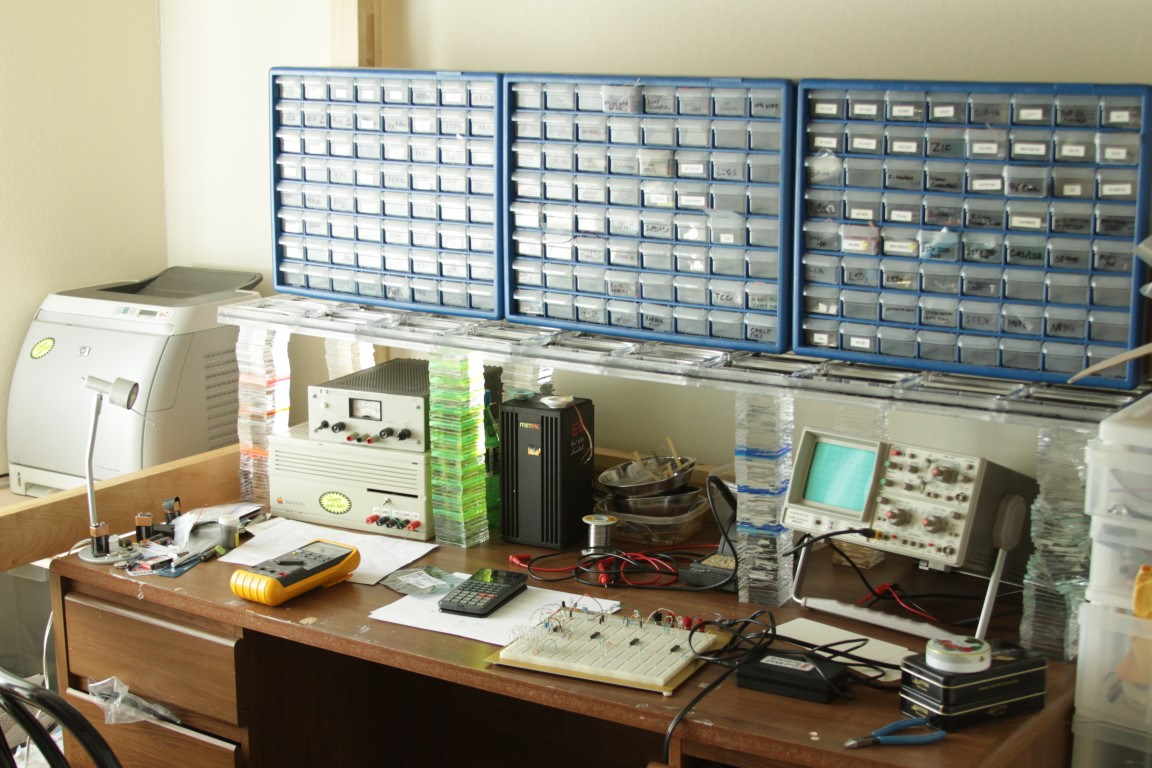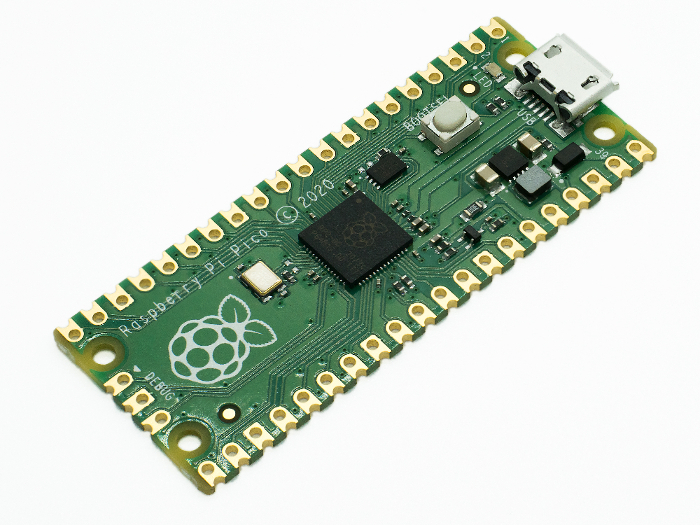This is the first part of a series of articles that will show you random tools and supplies that you may or may not already have on your electronics workbench. Some of these are just nice to have, some are essential. We are definitely budget-minded here at CircuitSnoop, but there are certain things that you would be just better off spending a bit more on. Well, here we go!
(This post contains Amazon links, CircuitSnoop may earn a small commission for my endorsement, recommendation, testimonial, and/or link to any products from this website)
1. Solder / ESD matt
This one is a given. There are many cheaper alternatives to a good benchtop matt, fromcheap rubber matts to cheaper and smaller solder matts. However, if you get a roll of the “good stuff”, you will definitely not regret it. Bertech brand soldering matts have withstood the test of heat, chemicals, and ESD hiccups from our experience. This is definitely one of those things you should not cheap out on, you’ll thank yourself later.
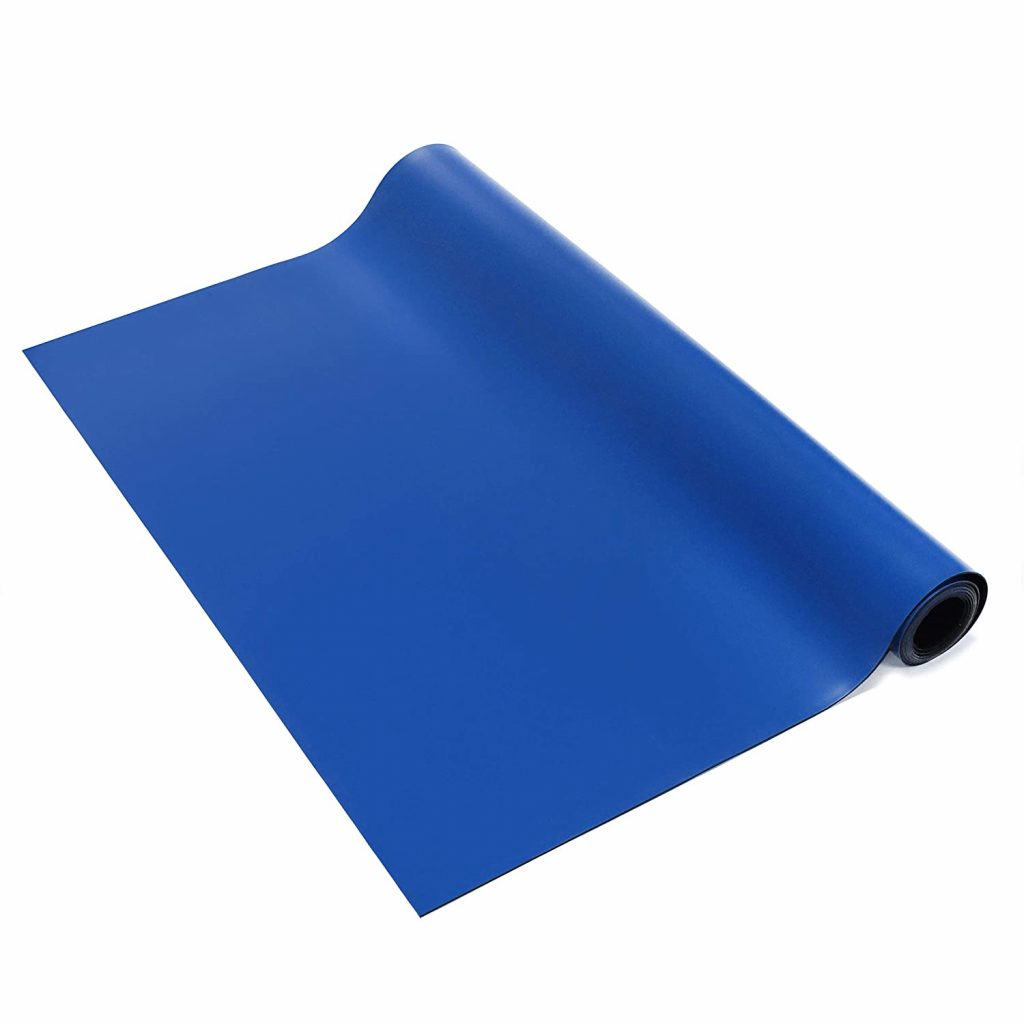
2. Magnetic-base Flexible arm LED light
Good lighting is one of the primary necessities of a functional work-bench, but when your workspace expands, you may find a need for lighting at a specific area. These are where these cheap flexible goose-neck LED lamps excel. The magnetic base are super convenient for different mounting locations, and the light output is surprisingly bright. The brand linked below, EVISWIY, might sound like a generic mashup of letters, but we can definitely recommend them as a budget solution to add more light to needed areas.
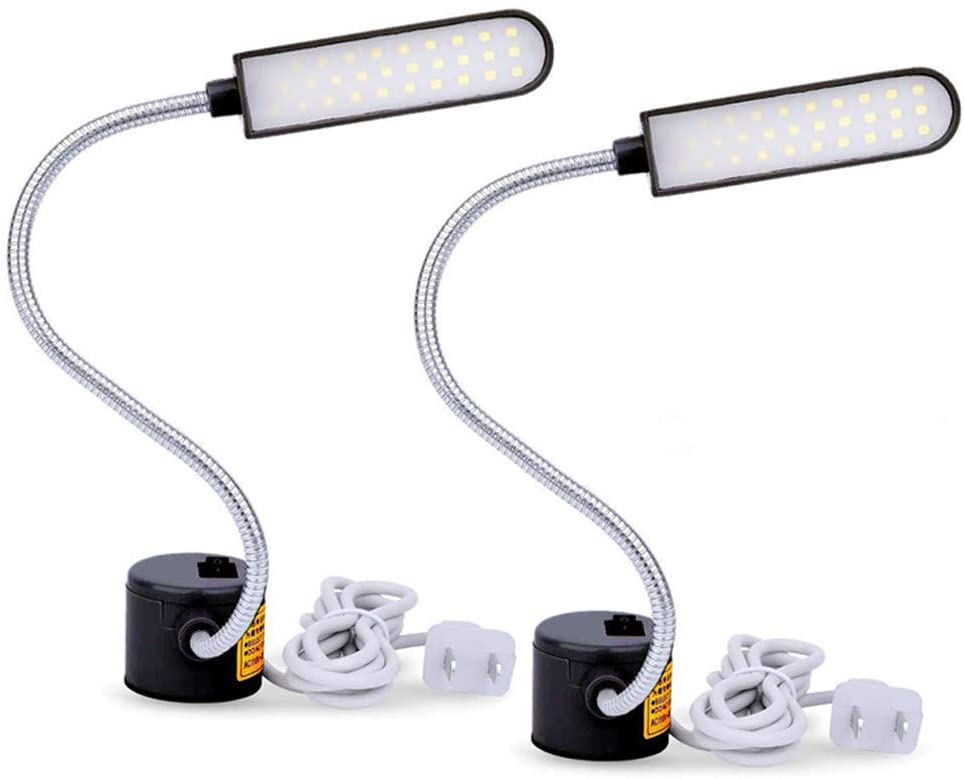
4. Vornado Zippi Fan
This is not an essential workbench addition, but it serves a few unintended purposes and has nice features. Most importantly is the small footprint and low noise (almost a soothing white noise). We found these make nice solder-smoke “blowers”. The selling point of these are the fabric fan blades, which are nice because you don’t have to worry about reaching over and slicing your hands/fingers.
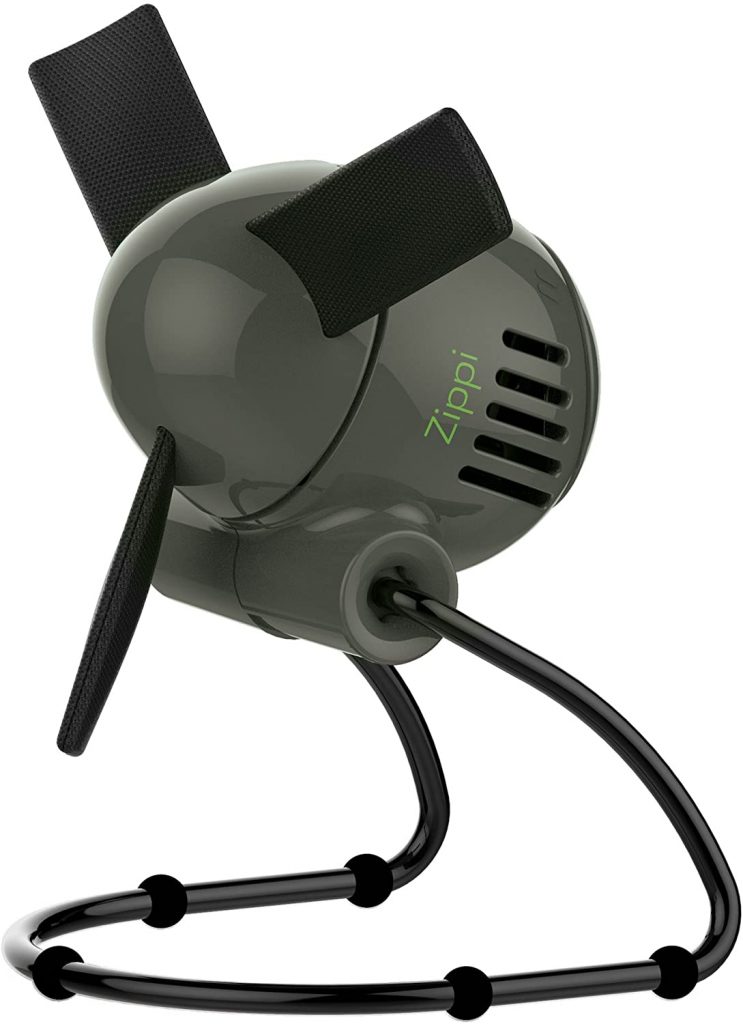
5. Thermal Adhesive Tape
This is one of those things you get for one purpose, then you find tons of other uses for. It functions as a somewhat low (1.5 W/m-k) thermal adhesive which it’s great at. Importantly, it’s also electrically non-conductive, so you can use it as a barrier between parts, etc. Also, it’s super sticky, so we end up using it as a generic double sided tape for a variety of applications.
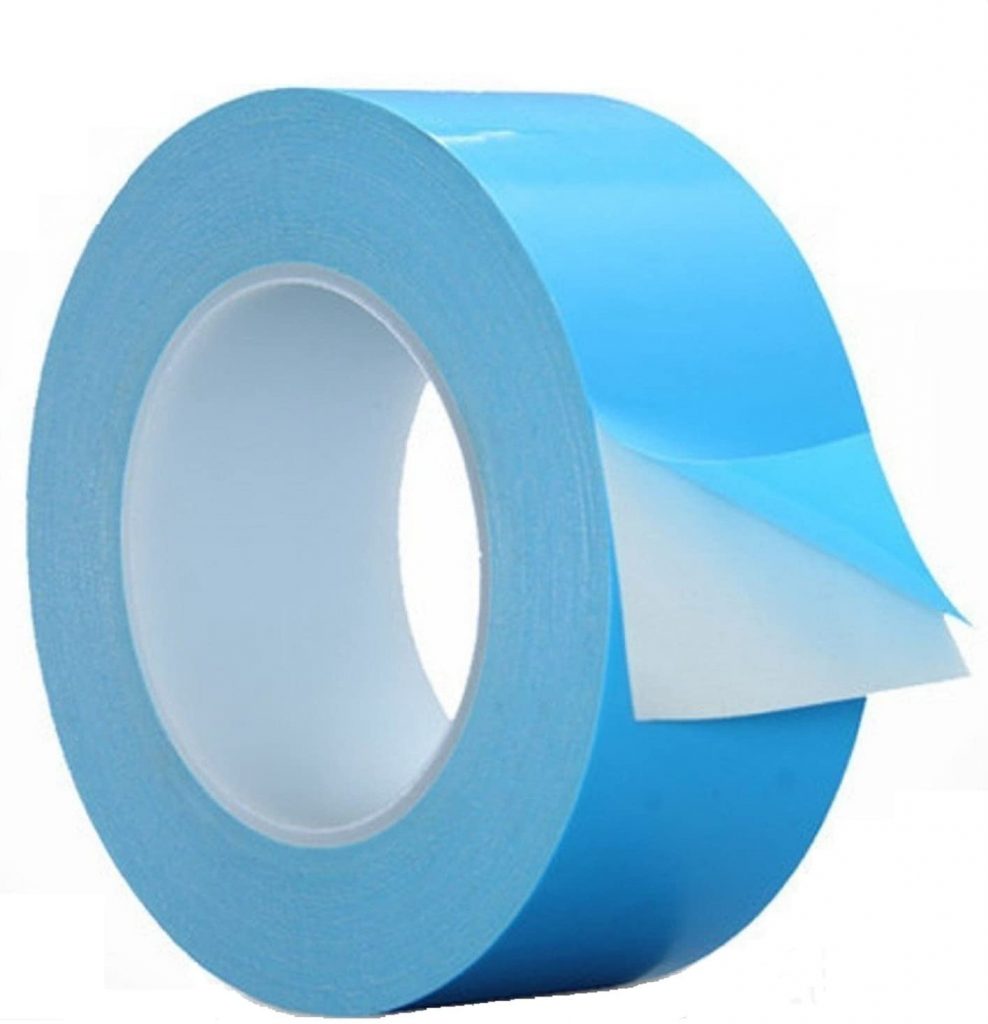
That wraps it up for this this edition, we hope you found something interesting that could be a useful addition to your workbench. We will definitely have more of these lists in the future, so stay tuned!

